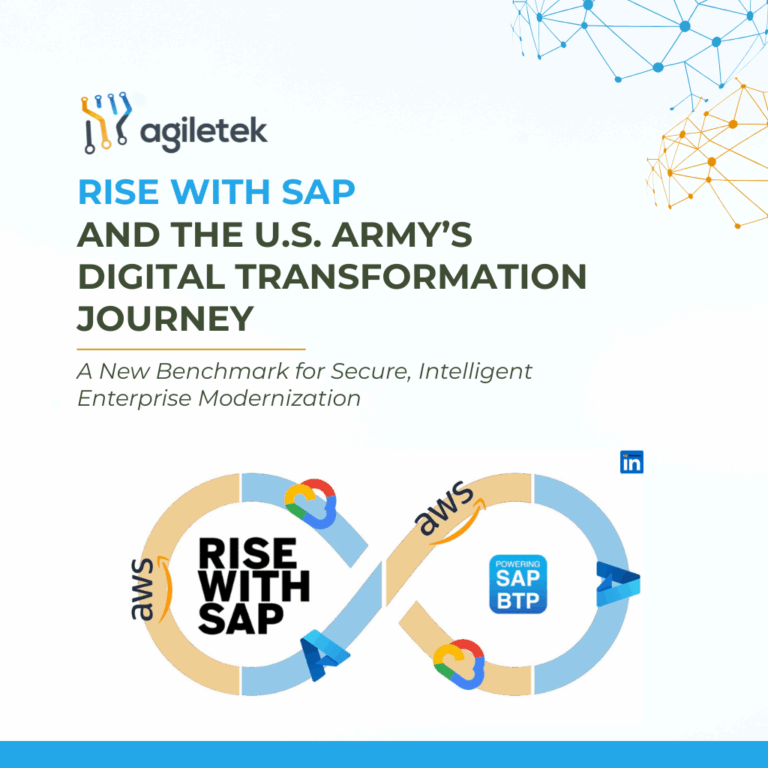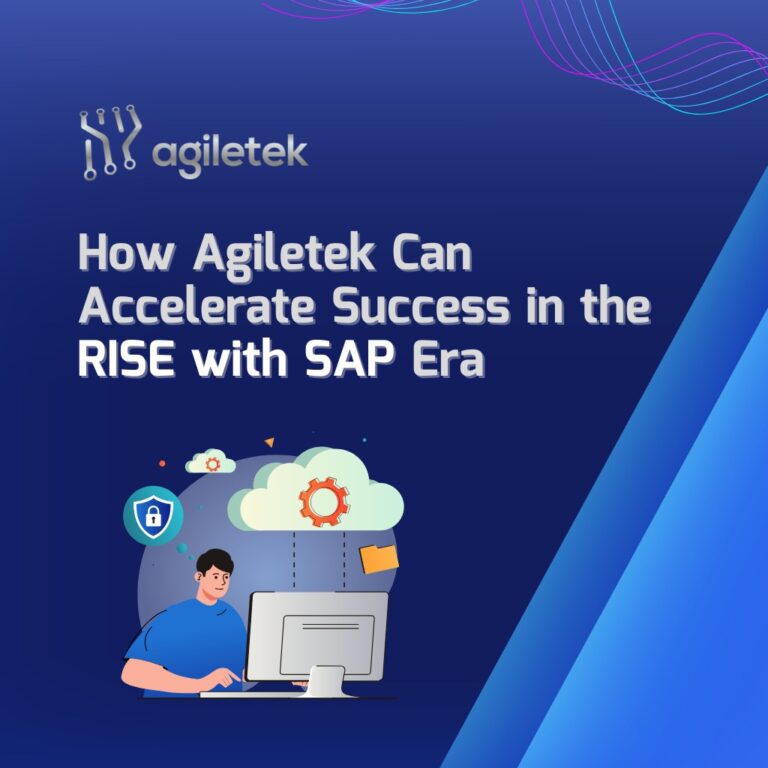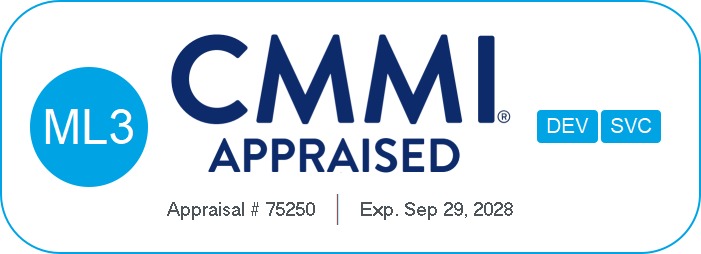Serverless DevOps simplifies software delivery by abstracting infrastructure complexities, enabling faster deployments and improved scalability.
Abstract
Serverless DevOps represents a paradigm shift in software development and operations that can help organizations significantly enhance their agility, efficiency, and cost-effectiveness. Developers and operations teams are free from the hassle of infrastructure management when
using serverless computing platforms, allowing them to focus more on code development and delivery. This approach helps streamline deployments, automates scaling, and simplifies CI/CD pipelines for faster release cycles and reduced operational overhead. Key benefits include higher agility, increased scalability and reliability, improved security, and lower cost through pay-as-you-go. The adoption of such successful implementation is associated with the appropriate selection of platforms, adoption of Infrastructure as Code, robust monitoring, and adoption of security best practices. While vendor lock-in and debugging complexity are significant issues, the benefits of Serverless DevOps place it in a very good position as an appealing strategy for organizations looking to speed up innovation and optimize their cloud
investments.
Introduction
Traditional DevOps practices have significantly improved software development and deployment processes. However, managing and maintaining server infrastructure remains a complex and resource-intensive undertaking. Serverless computing addresses this challenge by shifting the responsibility of infrastructure management to the cloud provider. Serverless DevOps builds upon this foundation, further streamlining deployments and operations by automating and optimizing the entire software lifecycle within a serverless environment.
What is Serverless Computing?
Serverless computing is a cloud execution model which enables the cloud provider to flexibly manage the allocation of computing resources. The primary focus of developers is on writing and deploying code, without the need to provision or manage servers, operating systems, or
networking infrastructure. The cloud provider automatically scales resources based on demand, ensuring high availability and responsiveness.
There are various characteristics of serverless computing such as serverless operations, dynamic resource allocation, flexible cost model, and reactive architecture. In serverless computing, developers are abstracted from server-related tasks. It also allows us to scale resources automatically based on the workload. Serverless computing is based on a pay-as-you-go model and can be cost-effective for organizations as they pay only for the compute resources consumed. Lastly, serverless computing has a reactive architecture as the functions are often triggered by events, enabling highly responsive applications.
Serverless DevOps: A Synergistic Approach: Serverless DevOps combines the benefits of serverless computing with the collaborative and automated principles of DevOps. It leverages serverless platforms like AWS Lambda, Azure Functions, and Google Cloud Functions to automate the deployment, scaling, and management of applications. This approach minimizes operational overhead, allowing teams to focus on delivering value faster.
Key Benefits of Serverless DevOps
Serverless DevOps empowers businesses to achieve high speed and agility, enabling rapid deployments and accelerated release cycles. This agility translates to faster iterations and reduced time to market, allowing companies to respond quickly to evolving market demands. By
eliminating the complexities of server management, DevOps teams can focus on strategic projects and high-value activities, streamlining operations and boosting efficiency. Automatic scalability ensures application responsiveness and availability even during peak usage,
enhancing reliability, minimizing downtime, and improving the user experience. Seamless integration with CI/CD pipelines simplifies deployments and automates releases, reducing manual intervention and accelerating software delivery. Built-in security features within
serverless platforms bolster the overall security posture, minimizing vulnerabilities and safeguarding sensitive data. Finally, the pay-as-you-go model of serverless computing optimizes cloud expenditure by charging only for resources consumed, resulting in significant cost savings
and eliminating unnecessary overhead.
Implementing Serverless DevOps
Implementing a successful serverless strategy requires careful planning and execution. Begin byselecting a serverless platform that aligns with your organization’s specific goals and requirements. Leverage Infrastructure as Code (IaC) tools to efficiently manage and provision your serverless infrastructure. Integrate serverless deployments into your Continuous Integration/Continuous Delivery (CI/CD) pipeline from the outset to automate and streamline the release process. Establish robust monitoring and observability practices to effectively track application performance and identify potential issues. Prioritize security by incorporating security best practices into both the development and deployment phases. Finally, implement cost optimization strategies by closely monitoring usage trends and optimizing function
performance to ensure efficient resource utilization and minimize cloud spending.
Challenges of Serverless DevOps
Serverless DevOps offers exciting potential, but presents challenges. Vendor lock-in to specific platforms can limit future flexibility. Debugging is more complex in distributed environments, needing specialized tools. Cold starts introduce latency, though mitigation strategies are evolving. Traditional testing must adapt to independently scaled functions. Managing the orchestration of numerous services becomes challenging with growing complexity, demanding robust platforms and best practices. Addressing these hurdles is key to unlocking serverless DevOps’ full potential.
Best Practices for Serverless DevOps
The best practices for Serverless DevOps revolve around automation, CI/CD, and IaC. Infrastructure-as-code allows tools such as Terraform or CloudFormation to use version control and declarative configuration for clean debugging and reproducible environments. CI/CD automation means that builds, testing, and deployment can all run quickly and reliably without human intervention. Continuous monitoring and performance optimization, using specialized tools, will provide insights into function execution, latency, and resource utilization. Some of the
top recommended security practices would include least privilege access, input validation, and vulnerability scanning. Great observability with logging, tracing, and metrics provides insight into how an application behaves to reduce troubleshooting time. Serverless is cost-effective by
nature, but function and configuration optimization through reduced execution time and resource consumption is always welcome. Serverless applications should finally be constructed with scalability and reliability in mind, leveraging the auto-scaling nature of the platform and mechanisms for fault tolerance for minimal time of unavailability.
Future Trends in Serverless DevOps
The future of serverless DevOps is shaping up to be truly exciting, propelled by some dominant trends. We’ll see much more AI and machine learning integrated directly into serverless pipelines, enabling smarter and more responsive applications. Monitoring tools for these systems
are also receiving a significant boost, providing developers with greater insights for monitoring and debugging. Security, naturally, is priority one, and we can anticipate stronger and more standardized security models coming along for serverless environments. The scope of serverless is also increasing, with integration with edge computing being so tight that processing can take place near the user. And finally, the best of both worlds might combine as serverless technologies meet containerization, offering a powerful blend of flexibility and efficiency.
Conclusion
Serverless DevOps is a major leap forward in software development and operations. By adopting serverless computing and automating core processes, organizations can achieve unprecedented levels of agility, efficiency, and scalability. Although there are challenges, the advantages of Serverless DevOps are compelling, and it is an essential strategy for organizations to succeed in the cloud-native age. As the serverless ecosystem matures, we can anticipate increased innovation and adoption of this revolutionary approach.









